Early language development in toddlers is a fascinating and crucial aspect of their growth. As they transition from coos and babbles to words and sentences, parents and caregivers can do much to support this development. Ensuring your child has a rich linguistic environment can pave the way for practical communication skills in the future.
Encouraging early language development in toddlers is important to their overall growth and future success. Children undergo a remarkable transformation in their communication abilities during the toddler years. This article explores the strategies and activities that can nurture and enhance your toddler’s language skills. Engaging in conversations and reading together can stimulate their vocabulary and linguistic capabilities. Creating a rich language environment offers numerous ways to support their development in this regard. By actively building language development in early years, you empower your children to express themselves effectively. This also lays a strong foundation for their educational journey and lifelong communication skills.
1. The Science Behind Language Development
a. Brain Plasticity:
Toddlers’ brains are highly adaptable, making it a prime time for learning a language.
b. Milestones Matter:

These milestones indicate the progress from babbling at six months to full sentences by age 3.
c. Variation in Development:
It is natural for toddlers to develop language skills at their own pace.
d. Environment’s Role:
A stimulating environment can significantly enhance early language development in toddlers.
e. Importance of Early Intervention:

Addressing language delays early can lead to more successful interventions.
2. Everyday Conversations
a. Talk Often:
Regular conversation exposes toddlers to new vocabulary and sentence structures.
b. Active Listening:

Showing genuine interest in what they say encourages them to communicate more.
c. Narrate Activities:
Whether cooking or cleaning, narrating actions introduces them to new words.
d. Open-ended Questions:
Questions like “What do you see?” give rise to more than a yes/no answer.
e. Correct Gently:
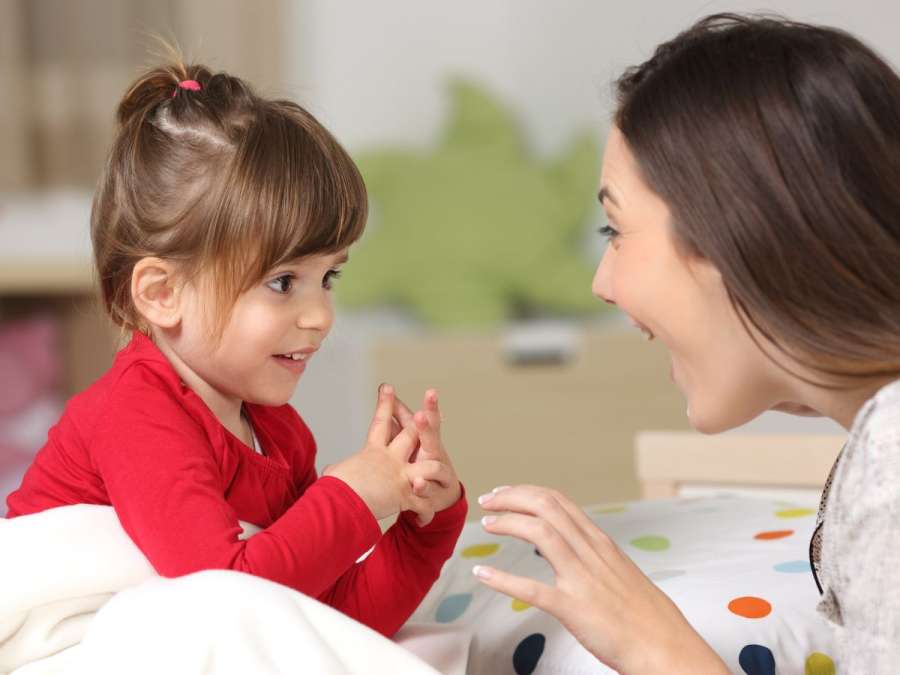
If they make a mistake, rephrase their sentence correctly instead of pointing out the error.
3. Utilizing Books and Music
a. Read Daily:
Storytime is not just for bedtime; frequent reading boosts vocabulary and comprehension.
b. Interactive Books:
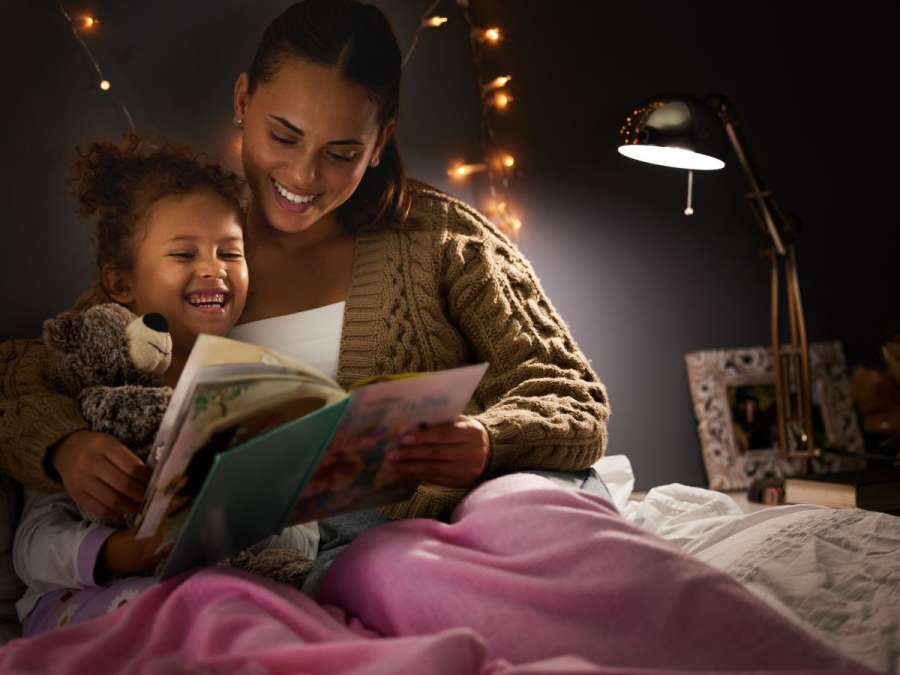
Flap or textured books engage their senses alongside language skills.
c. Sing Together:
Nursery rhymes and songs teach rhythm, rhyme, and vocabulary.
d. Encourage Repetition:
Re-reading favourite stories reinforces language patterns.
e. Point & Name:
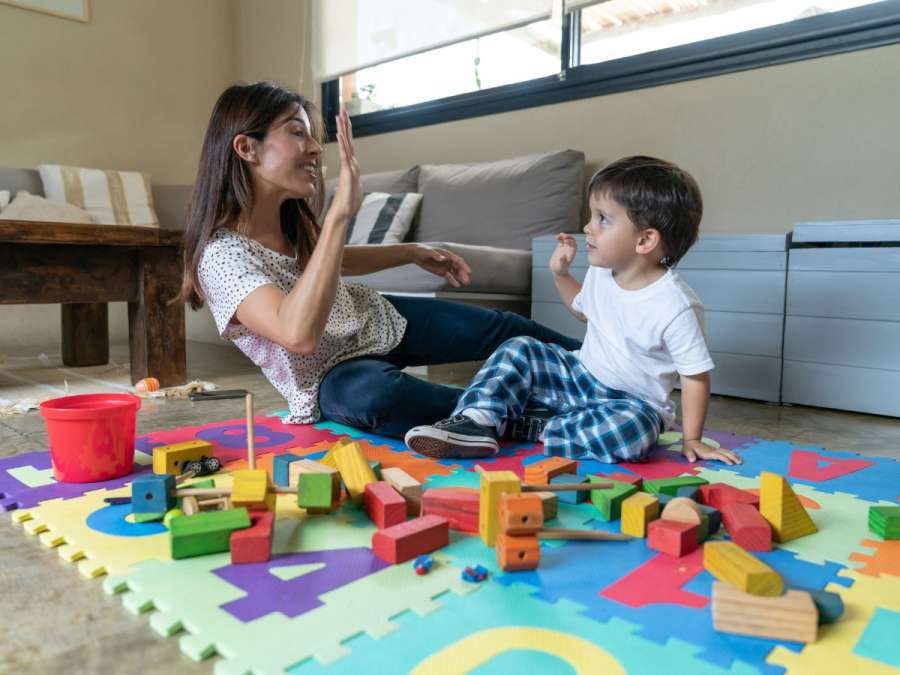
While reading, point to pictures and label them to enhance word association.
4. Engage in Play
a. Role-playing:
Like playing ‘house’, pretend play expands conversational skills.
b. Toy Interaction:
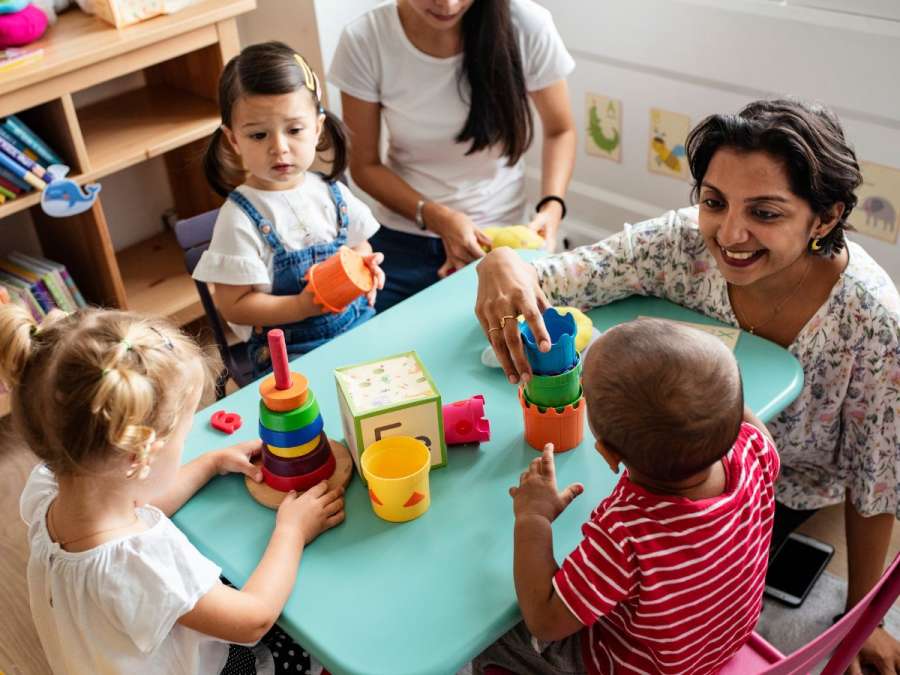
Describe the toys they are playing with to introduce new adjectives.
c. Group Play:
Interacting with peers exposes them to varied speech patterns and vocabularies.
d. Theme-based Play:
Set themes, like ‘a day at the zoo’, to focus on specific languages.
e. Mimicry Games:
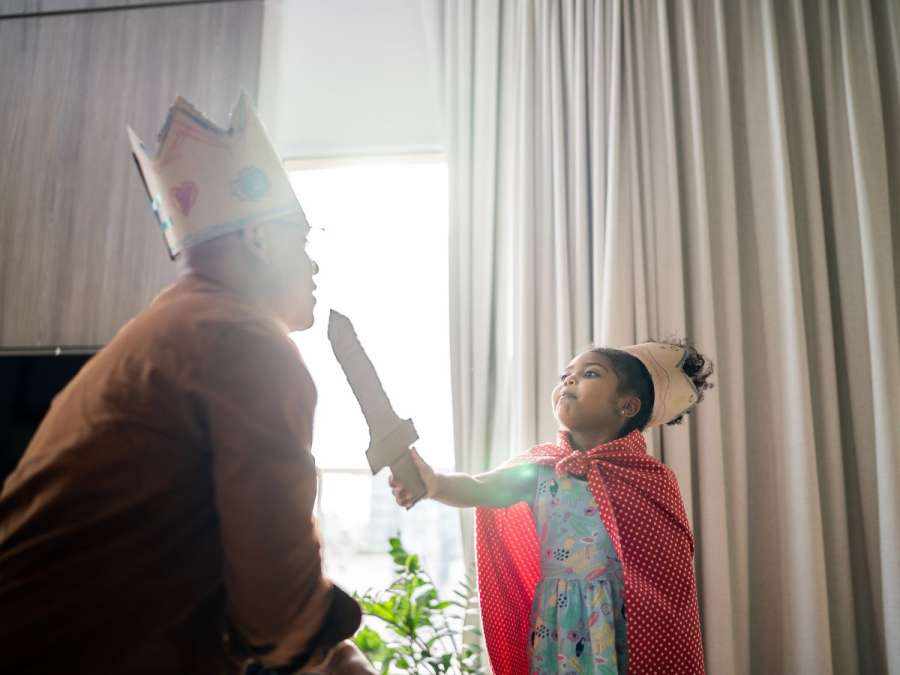
Games like “Simon Says” enhance listening skills and verbal instructions.
5. Incorporate Technology Mindfully
a. Educational Apps:
Opt for apps that focus on early language development in toddlers.
b. Limit Screen Time:
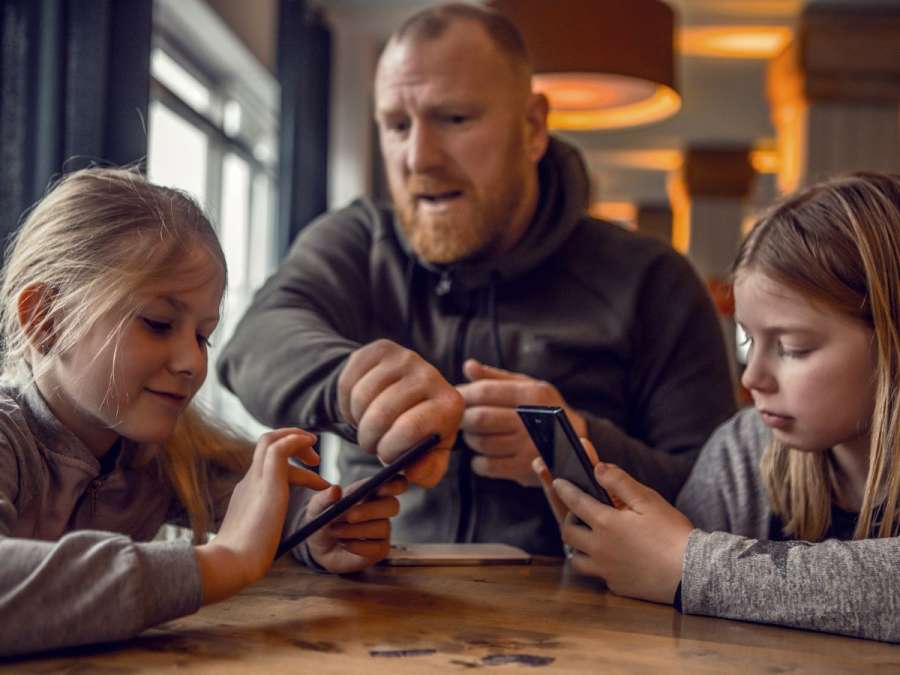
Ensure active engagement over passive consumption when using gadgets.
c. Interactive E-books:
Stories with clickable words or animations can be fun and educational.
d. Language Videos:
Songs or stories in video format can be a supplementary tool.
e. Engage Together:
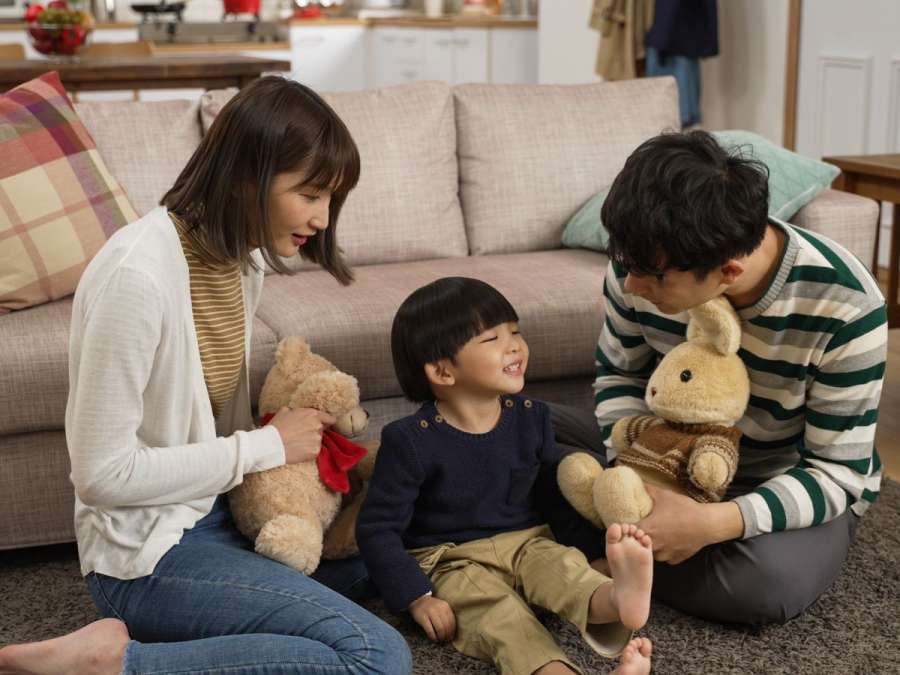
Be present during tech time, discussing and interacting with the content.
6. Foster a Bilingual Environment (If Possible)
a. Start Early:
The younger they start, the easier for toddlers to pick up multiple languages.
b. Consistent Exposure:
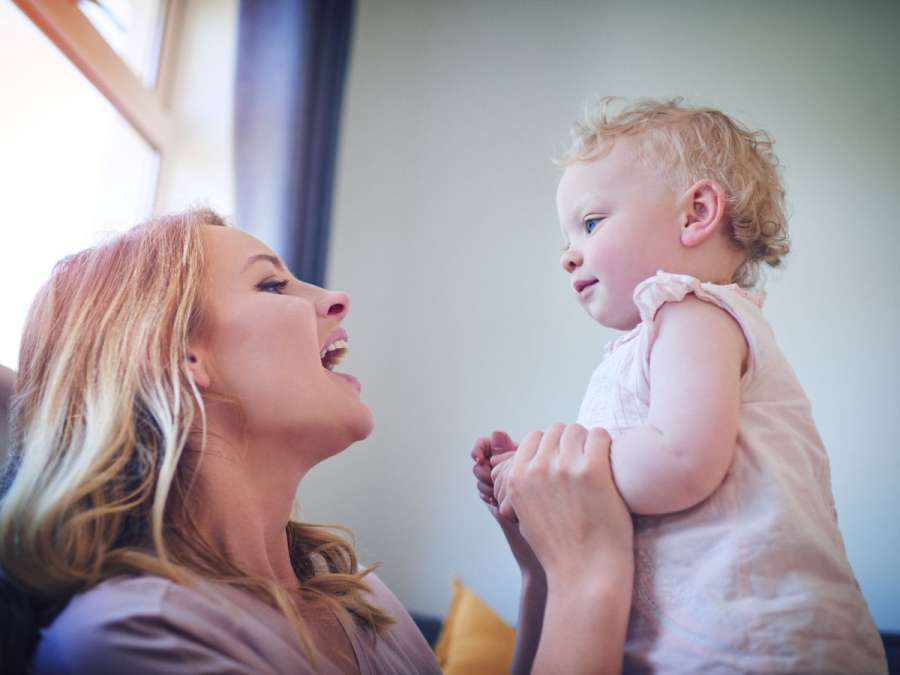
Regular interaction in the second language ensures better retention.
c. Cultural Integration:
Include cultural elements for a holistic bilingual experience.
d. One Parent, One Language:
If each parent speaks a different language, it can offer balanced exposure.
e. Bilingual Books & Music:
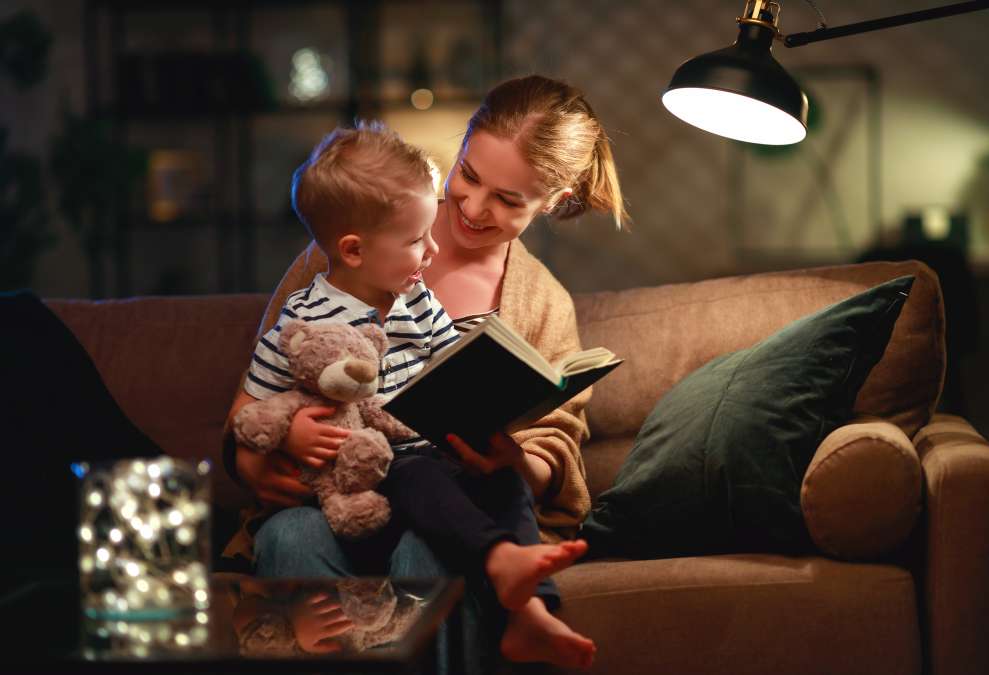
Utilise resources in both languages to diversify vocabulary.
7. Addressing Potential Language Delays
a. Regular Check-ups:
Pediatricians can monitor and provide insights on language milestones.
b. Speech Therapy:
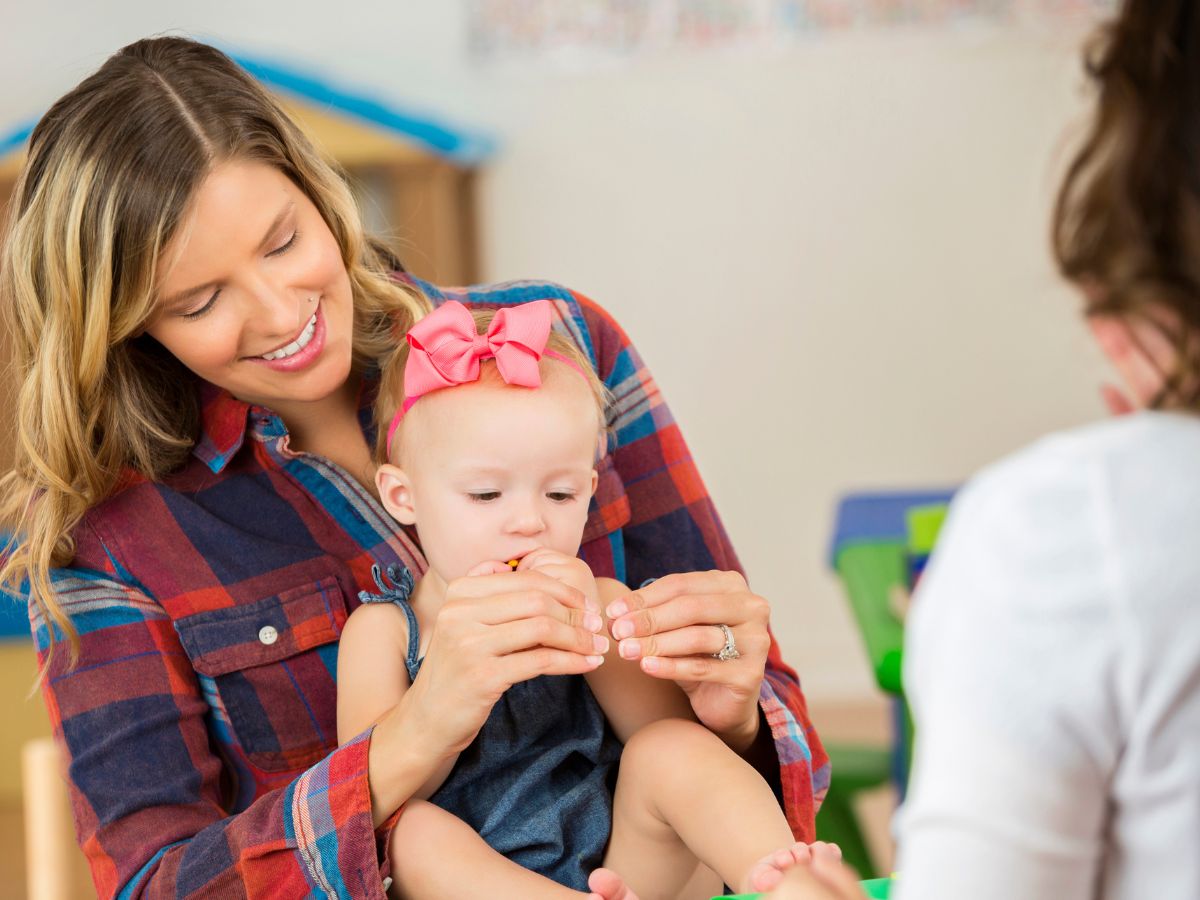
If needed, early intervention through therapy can be beneficial.
c. Patience and Support:
Avoid comparing; every child’s language journey is unique.
d. Sign Language:
For late talkers, simple signs can help communicate.
e. Engage Professionals:

Do not hesitate to seek guidance if you have concerns about your child’s language development.
8. The Role of Social Interaction
a. Group Activities:
Engaging in group settings exposes toddlers to varied conversational dynamics.
b. Family Time:

Conversations with family members, young and old, enrich vocabulary.
c. Playdates:
Regular playdates offer diverse linguistic interactions.
d. Story Circles:
Group story-telling or reading sessions can be fun and educational.
e. Active Participation:
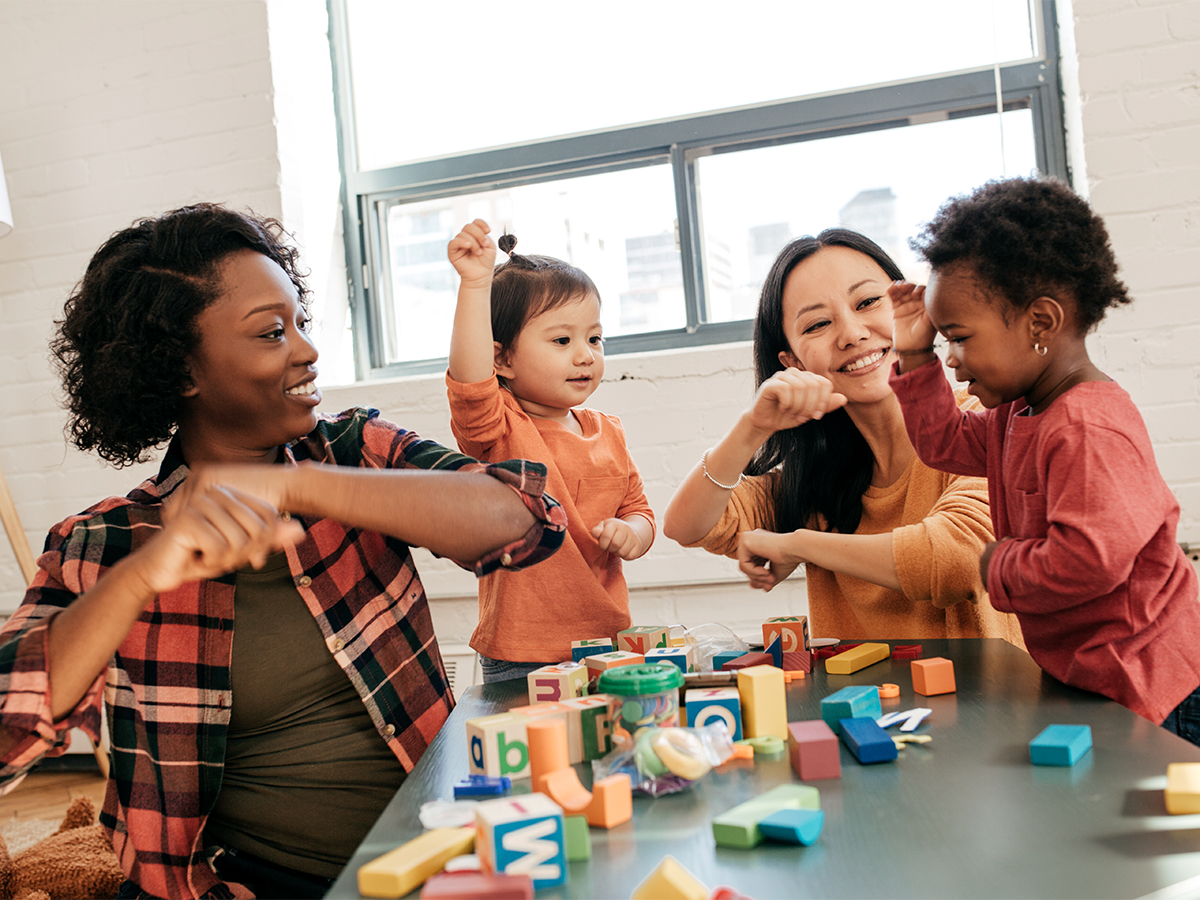
Encourage your child to participate in conversations around them actively.
Understanding and building early language development in toddlers combines patience, engagement, and knowledge. Parents can nurture toddlers into confident and effective communicators by embracing an approach that includes everyday conversations and reading. Additionally, play and mindful tech use can contribute to this development.
